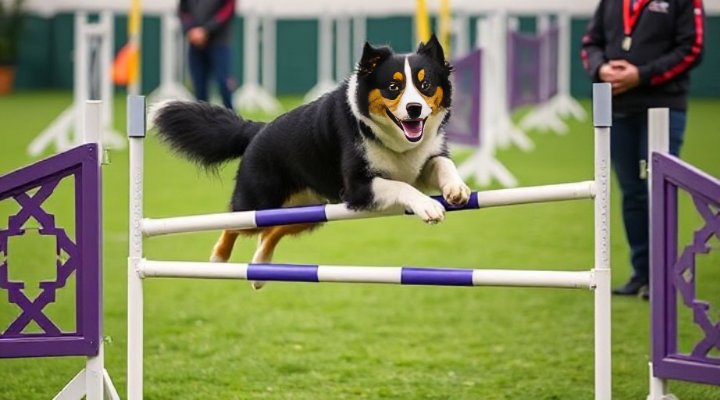Pet training is more than just teaching tricks; it’s about building a lifelong bond with your furry companion. Whether you’re working with a playful puppy or an older dog learning new tricks, the principles of effective pet training remain the same. Above all, patience and consistency are key to successful training sessions.

The Foundations of Pet Training
Before diving into specific commands, it’s crucial to understand the basic principles of pet training. Positive reinforcement, for instance, is one of the most effective methods recommended by experts. This involves rewarding desired behaviors with treats, praise, or playtime, rather than punishing unwanted actions.
Meanwhile, timing is equally important. Dogs and cats make associations between behaviors and consequences within about two seconds. Therefore, rewards or corrections must occur immediately after the behavior to be effective. The American Veterinary Society of Animal Behavior provides excellent resources on these fundamental concepts.

Basic Commands Every Pet Should Know
Starting with simple commands lays the groundwork for more advanced training later. ‘Sit’, ‘stay’, and ‘come’ are essential for safety and good manners. For example, teaching your dog to sit before crossing the street can prevent accidents. Similarly, our article on how to train your dog to heel offers valuable tips for polite walking.
Furthermore, consistency in your commands and hand signals helps prevent confusion. Use the same word and gesture each time, and ensure all family members do the same. During training sessions, keep them short (5-10 minutes) and end on a positive note to maintain your pet’s enthusiasm.
Advanced Training Techniques
Once your pet has mastered the basics, you can progress to more challenging skills. Agility training, for instance, provides excellent physical and mental stimulation. Our guide on AKC trick dog training demonstrates how to teach impressive tricks while strengthening your bond.

Moreover, advanced training often involves shaping behaviors through successive approximations. This means rewarding small steps toward the final behavior. For example, when teaching a dog to roll over, you might first reward for lying down, then for turning its head, and gradually for completing the full roll.
Troubleshooting Common Training Challenges
Every pet owner encounters obstacles during training. Perhaps your dog gets overly excited when guests arrive, or your cat refuses to use the scratching post. In such cases, our article on dog socialization tips might offer solutions.
Additionally, remember that some behaviors are self-rewarding for pets. Jumping up gets attention (even if it’s negative), while chewing relieves teething pain. Therefore, it’s more effective to redirect these behaviors to appropriate alternatives rather than simply trying to stop them.

Special Considerations for Different Pets
While dogs are the most commonly trained pets, cats can also learn impressive behaviors. The key is understanding their unique motivations. For instance, while dogs thrive on praise, cats typically respond better to food rewards. Our guide on how to safely walk a cat on a leash demonstrates these differences.
Similarly, older pets may require more patience but are absolutely capable of learning. The University of Pennsylvania’s Veterinary School offers great aging pet resources that include training advice for senior animals.
Making Training a Lifestyle
Ultimately, the most successful pet training integrates into daily life rather than being confined to specific sessions. For example, asking your dog to sit before meals or your cat to come when called for treats reinforces training naturally. This approach, combined with the techniques in our dog jumping training tips, creates well-mannered pets.
In conclusion, pet training is a journey that enhances your relationship with your animal companion while ensuring their safety and happiness. Whether you’re teaching basic manners or advanced tricks, the time invested in training pays dividends in companionship and mutual understanding.
Related Keywords: positive reinforcement, behavioral training, dog obedience, cat training techniques, pet behavior modification, clicker training, leash training, house training, trick training

